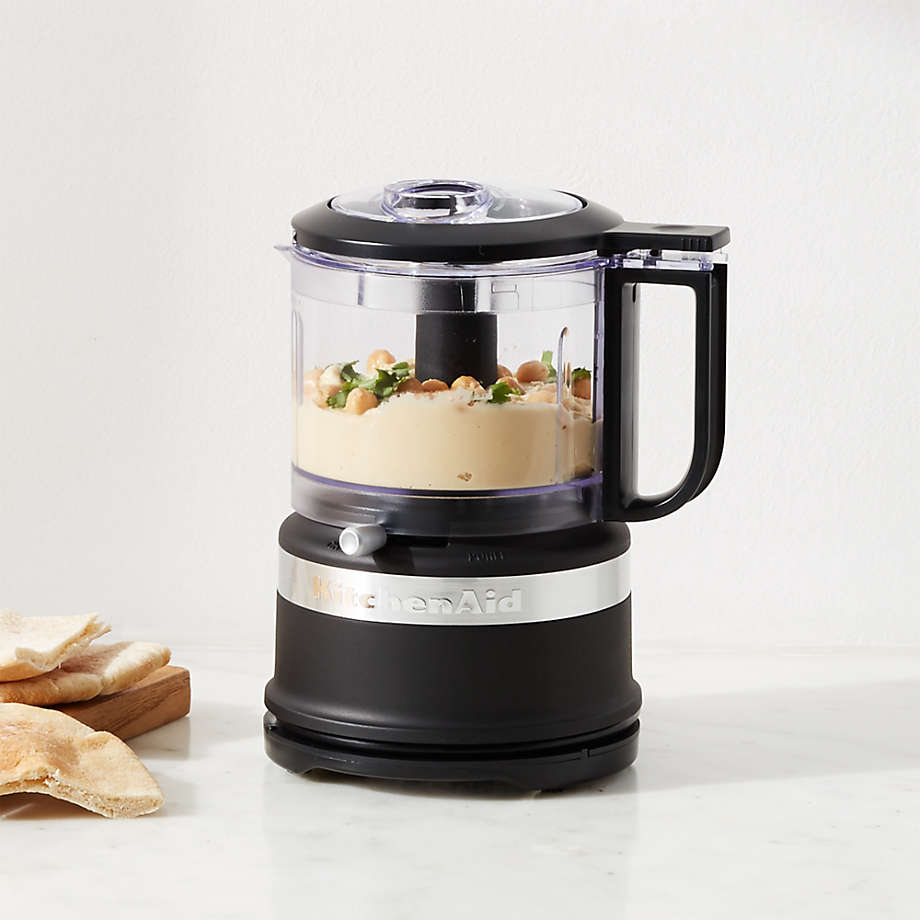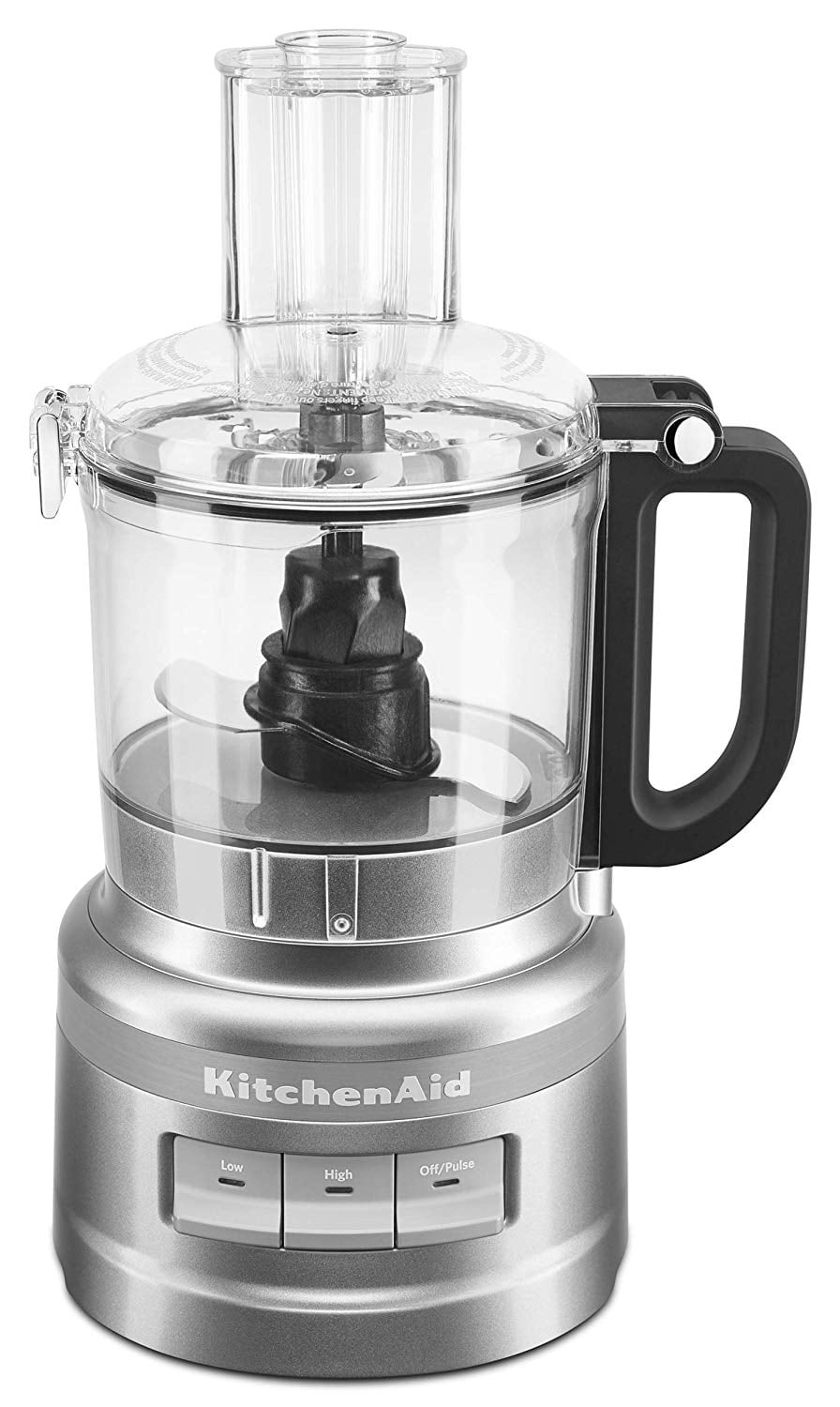


You can find a range of types of blenders available, including personal blenders and immersion blenders, but countertop blenders are still the most popular choice for large volumes. It’s hard to blend most foods by hand and even if you do mash or grind them to a similar consistency, your finished product won’t be anywhere near as smooth. Nothing else can give you the same results, however.
Kitchen aide food procssor plus#
This powerful 1,000 watt food processor has standard blades and kneading blades, plus a reversible disc for slicing and shredding.īlenders are arguably less versatile than food processors since they can really only do one thing: blend ingredients into a liquid or fine puree. With all their blades and discs and their large bowl, food processors can be annoying to wash and dry after use.Food processors don’t work as well for wet mixes as they do for drier ingredients, so you can’t expect to perfectly blend soups or smoothies in a food processor.Standard food processors have large work bowls for processing large volumes of food, but you can also buy small food processors for more modest chopping tasks.Although basic food processors are priced similarly to basic countertop blenders, top-end options cost less than top-end blenders.Food processors are extremely versatile with interchangeable blades and discs for chopping, dicing, slicing, shredding and more.
Kitchen aide food procssor full#
For more information, head to the full guide to food processors at BestReviews. Some food processors also come with plastic blades for kneading doughs.įood processors can range in price from around $20-$50 for mini models or basic full-size models to roughly $200-$300 for top-end options. The blades can dice ingredients or even make a chunky dip or puree, while the discs have options for slicing and shredding. Food processorsįood processors are small, versatile appliances that can tackle a wide range of kitchen prep tasks. The primary function of blenders is to liquidize ingredients, so they’ll usually produce something you can drink or drizzle, while food processors generally deal with drier mixes and produce foods you’ll eat with a fork or spoon. Although they can carry out some of the same functions, these two products aren’t interchangeable.

If you’re looking for a small appliance to help you with kitchen prep, you might be thinking about a food processor versus blender and wondering about their pros and cons. Which food processors or blenders are best?


 0 kommentar(er)
0 kommentar(er)
